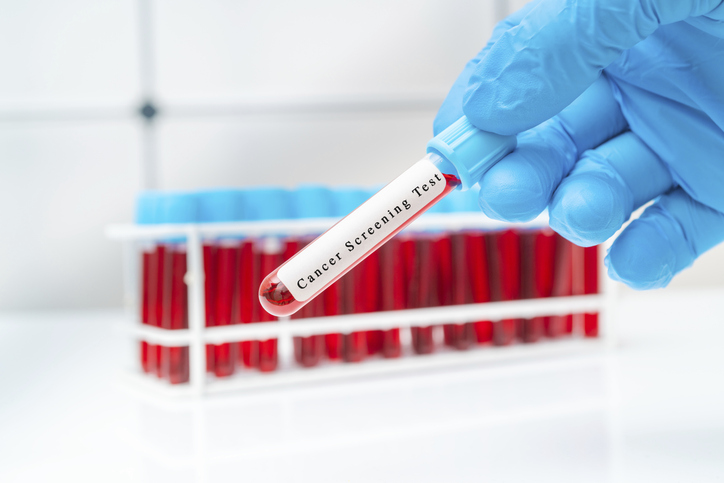The World Health Organization (WHO) has projected an 85% increase in cancer cases and deaths in the South-East Asia region by 2050. This increase is expected to result in a significant rise in both the number of new cancer diagnoses and related fatalities.
The announcement comes ahead of World Cancer Day, which is observed annually on February 4. This year’s theme, “United by Unique,” emphasizes the collective commitment to combating cancer, according to Saima Wazed, WHO’s Regional Director for South-East Asia.
In 2022, the region reported 2.4 million new cancer cases, including 56,000 in children, and 1.5 million cancer-related deaths. Among all WHO regions, South-East Asia had the highest incidence of cancers of the lips and oral cavity, uterine cervix, and childhood cancers. The WHO estimates that by 2050, the region will see an 85% increase in both new cancer cases and deaths.
Despite this concerning projection, Wazed highlighted the progress made in some countries in the region. She noted a decline in tobacco consumption, a key risk factor for several types of cancer. Six countries in the region have established national cancer control plans, and two countries have incorporated cancer prevention and control into their national non-communicable disease (NCD) plans.
Eight countries have introduced nationwide vaccination programs for Human Papillomavirus (HPV), which can prevent cervical cancer, and 10 countries are implementing global initiatives for childhood cancer. Seven countries have operational population-based cancer registries, and in 10 countries, tertiary-level cancer care is available to a significant portion of patients in need.
However, challenges remain. Cancer control efforts in the region are often fragmented, and national cancer control programs are not consistently aligned with evidence or best practices, leading to ineffective implementation. There is also a lack of policies and guidance to address cancer-causing agents such as areca nut, which is prevalent in the region. Additionally, cancer prevention policies and programs are not fully executed, resulting in millions of avoidable cases. Late diagnoses and insufficient national capacity to manage the rising cancer burden continue to impede progress.
-IANS




















